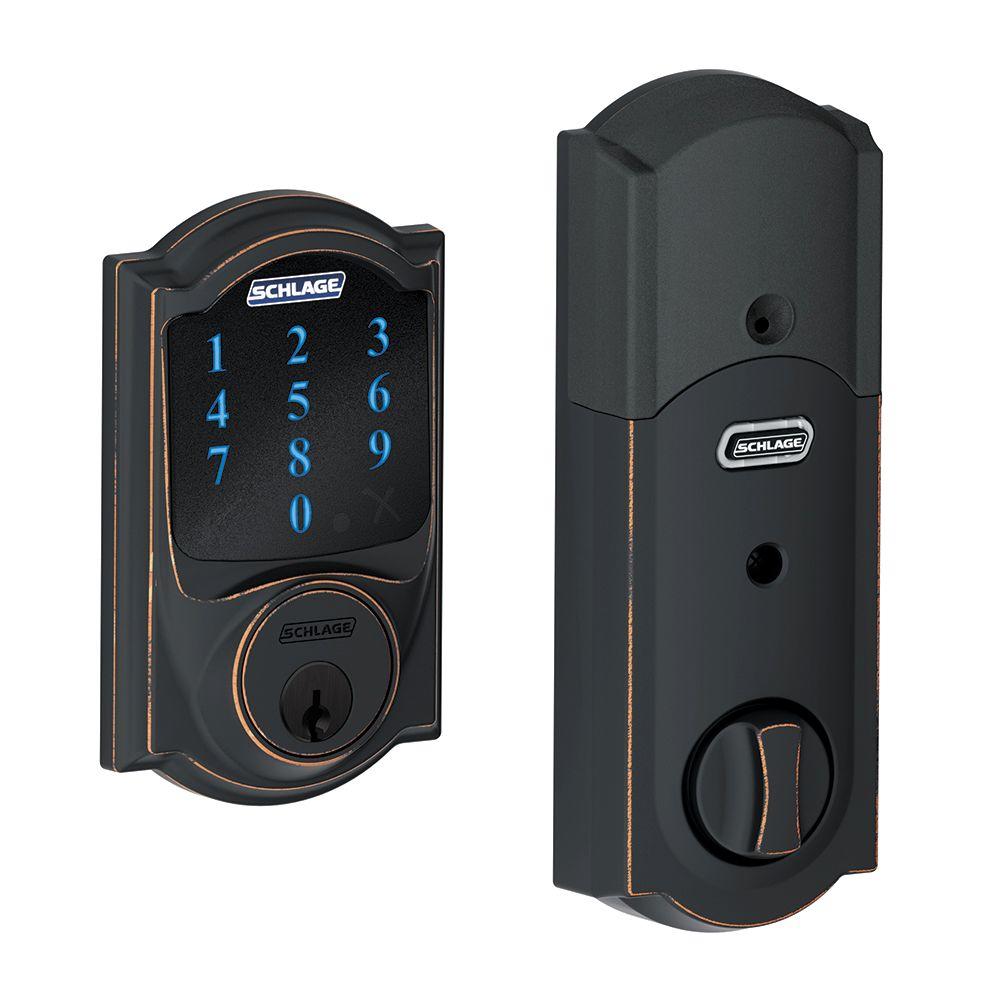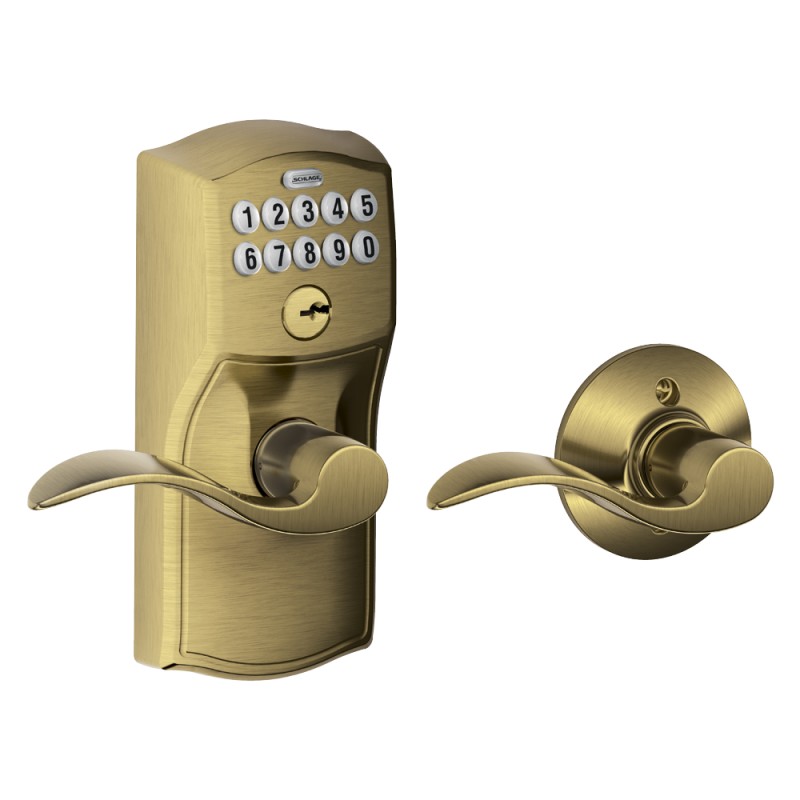

Note that Canon oversells the R10's magnification, advertising it at 0.95x. Some competitors offer EVFs that appear bigger to your eye, though, including the similarly-priced Sony a6400 (0.7x), the upmarket Fujifilm X-T4 (0.75x), and the EOS R7 (0.72x). It's a step up compared with the Canon EOS T8i's optical pentamirror (0.51x), but not the biggest or sharpest EVF you can get in a mirrorless camera. It's a good size (we rate it at 0.60x) and its picture appears about as large as with others in this class like the Fujifilm X-T30 II (0.62x). The camera does let you set up custom My Menu pages, though, which somewhat fixes the issue.Īn eye-level, EVF is on-body as well. It's a good match for use outdoors in the sun, though I wish Canon included access to screen brightness in the Q menu as it is, the option is a little buried in the camera menu screen. The LCD is a healthy 3-inches across sharp at 1.04 million dots and offers excellent brightness, color, and viewing angles. The screen design is vari-angle and can swing out to the side to face forward for selfies and vlog-style videos.

The camera is not weather-protected, so don't use it in rough conditions. It's slim at 3.5 by 4.8 by 3.3 inches (HWD) and weights just 15.1 ounces without a lens. The body is made from a mix of engineering-grade plastics and magnesium alloy. And, like most cameras, the body features a basic black finish with a leatherette wrap. The EOS R10 sports gently curved lines that create a distinctively Canon-like silhouette.

The EOS RP isn't as competent for video, either. It's still a capable camera for many applications but doesn't match up with the EOS R10's 15fps mechanical shutter and next-gen autofocus for snapping shots of tough subjects like wildlife and competitive athletics. They serve different purposes, however-the EOS RP is a relatively slow (5fps) full-frame camera with an autofocus system that's a couple of generations old. With the EOS R10, there are now two sub-$1,000 entry points into the RF lens system. The EOS M struggled with autofocus speed-a common problem with early mirrorless models-and after its lukewarm reception, the company didn't even bring the EOS M2 follow-up to the US. Its EOS M camera arrived late to market when it launched in 2013, at a time when competitors like Sony, Fujifilm, and Olympus (now OM System) had already been making electronic viewfinder (EVF) cameras for a few years. It doesn't quite wrestle away our Editors' Choice award from the Fujifilm X-T30 II, but the EOS R10 is likely a better fit for Canon creators who already have lots of compatible gear.Ĭanon had a rocky start with consumer mirrorless cameras.

The R10's autofocus system is smarter than that of any Rebel SLR and leverages a brisk burst rate to capture fast-moving subjects in sharp detail, while 4K60 video is on board for vloggers and moviemakers. The company hopes to change that with the EOS R10 ($979.99, body only), an APS-C sensor camera that shares the same lens mount with the full-frame EOS R family.
Schlage padlock how to#
How to Set Up Two-Factor AuthenticationĪlthough its EOS R system gained traction with pros and enthusiasts, Canon's entry- to mid-level mirrorless ILCS haven't had quite the same level of mass-market success as its long-running EOS Rebel SLR family.
Schlage padlock Pc#
Schlage padlock free#
How to Free Up Space on Your iPhone or iPad.How to Block Robotexts and Spam Messages.


 0 kommentar(er)
0 kommentar(er)
